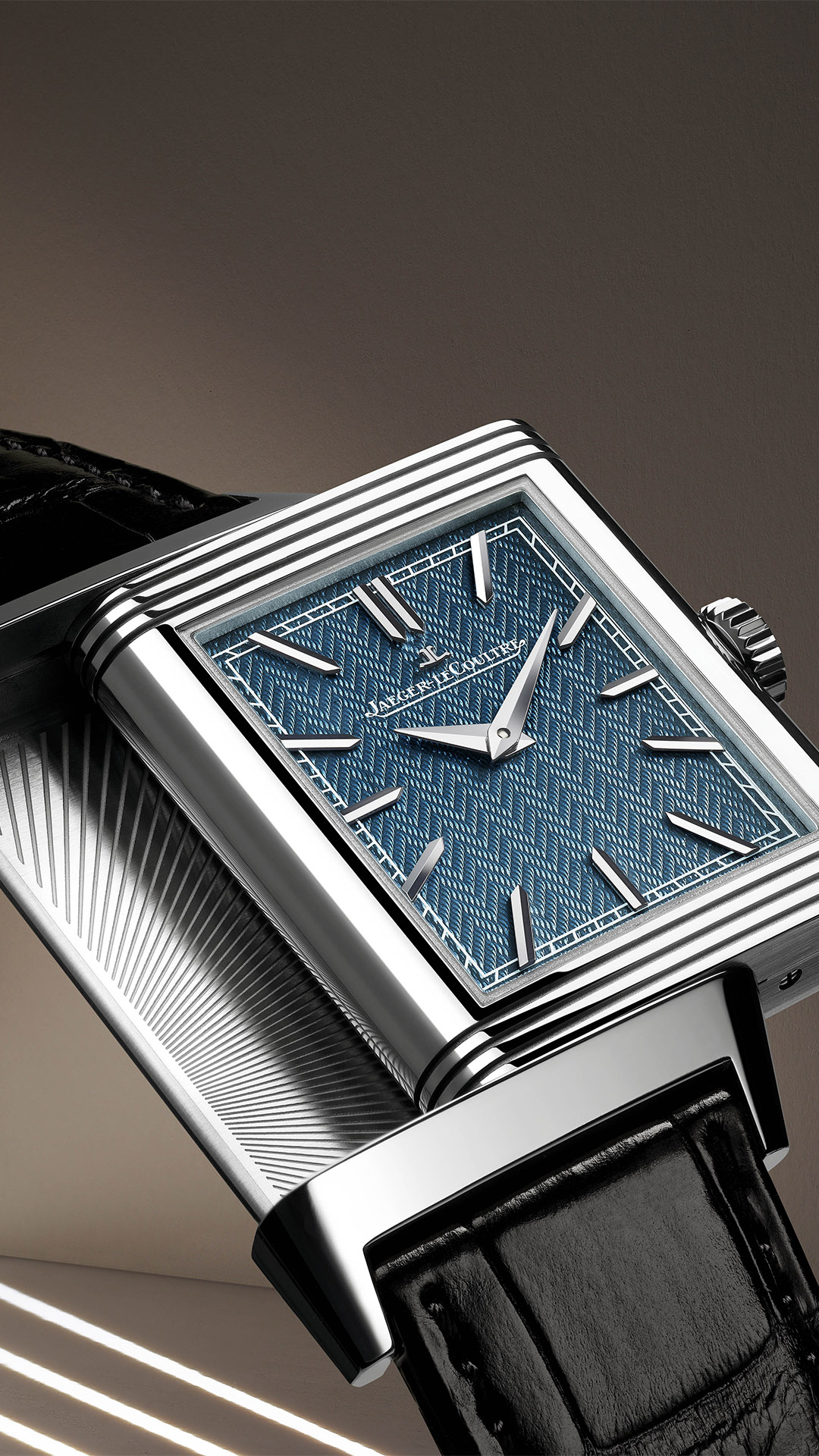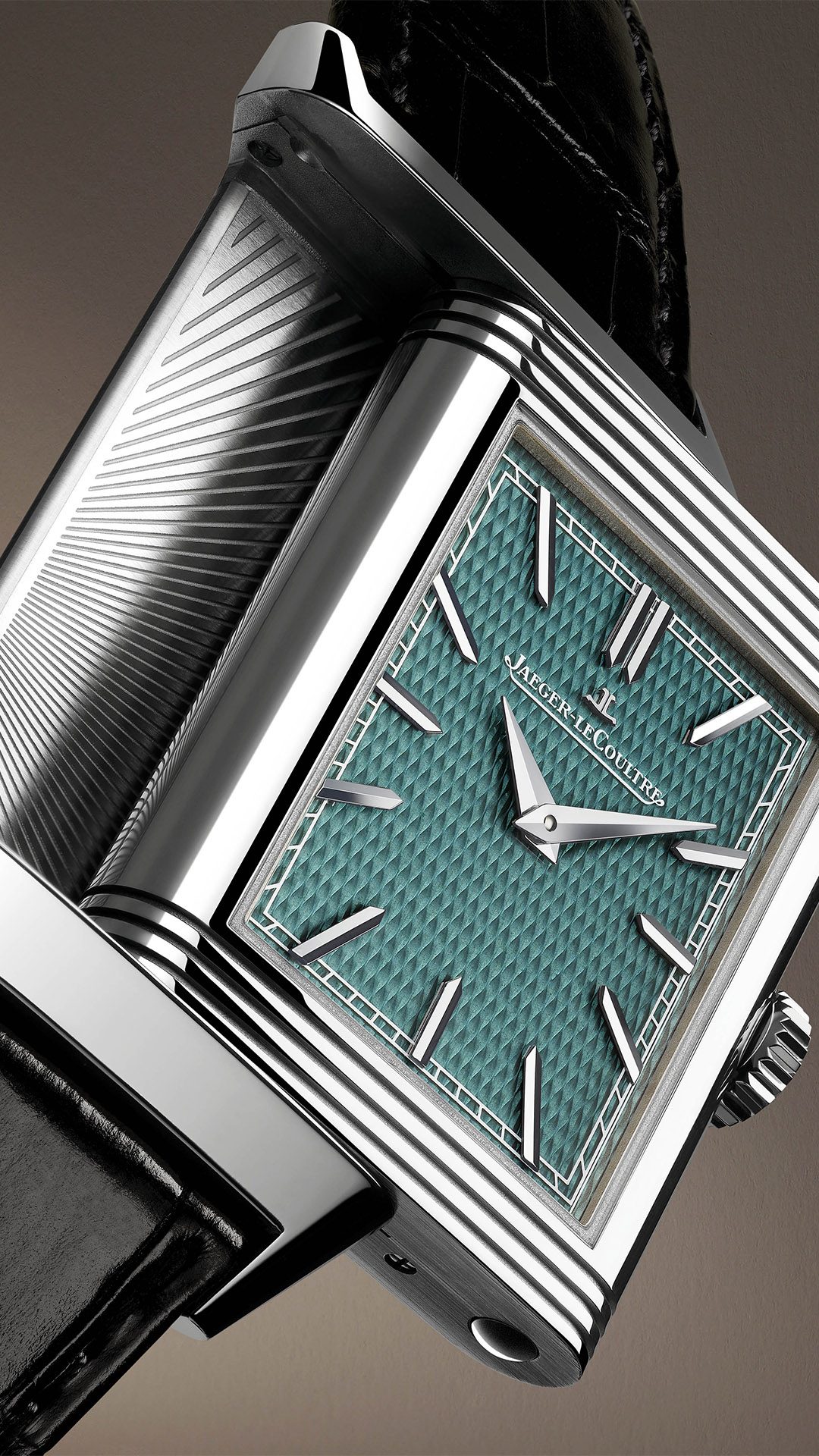searching...
see all result
No entries
- About Us
- Tourist Information
- Services & Facilities
- Member Privileges
- Gift Card
- Shop Online
Lost & Found: The fascinating tales of three “hidden” paintings
Jaeger-LeCoultre’s newly launched trio of watches, Reverso Tribute Enamel Hidden Treasures, celebrates the work of three great masters from the dawn of Modern Art – Gustave Courbet, Vincent Van Gogh and Gustav Klimt – faithfully reproducing a work by each artist on the reverse side of a Reverso watch case in grand feu enamel.
While the works represent a major watershed in the Western artistic tradition, from the Realism of Courbet, to Van Gogh’s Post-Impressionism, to the expressive and experimental spirit of Klimt and the Viennese Secession, they have another fascinating story to tell. Each had been hidden from the world for many decades – assumed to have been lost for ever. The stories are remarkable and improbable – each with a plot-line worthy of a novel or a heist movie.
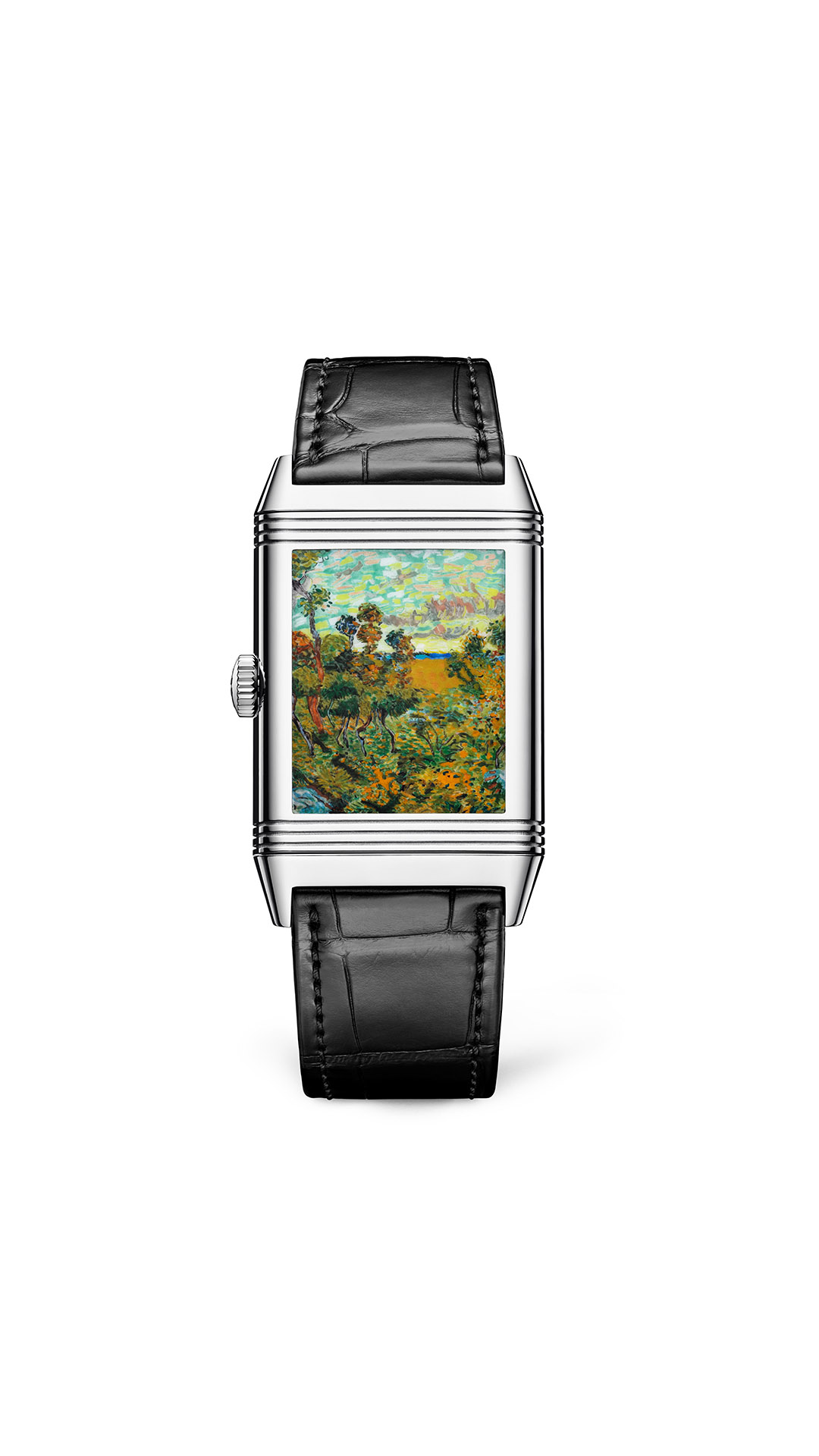
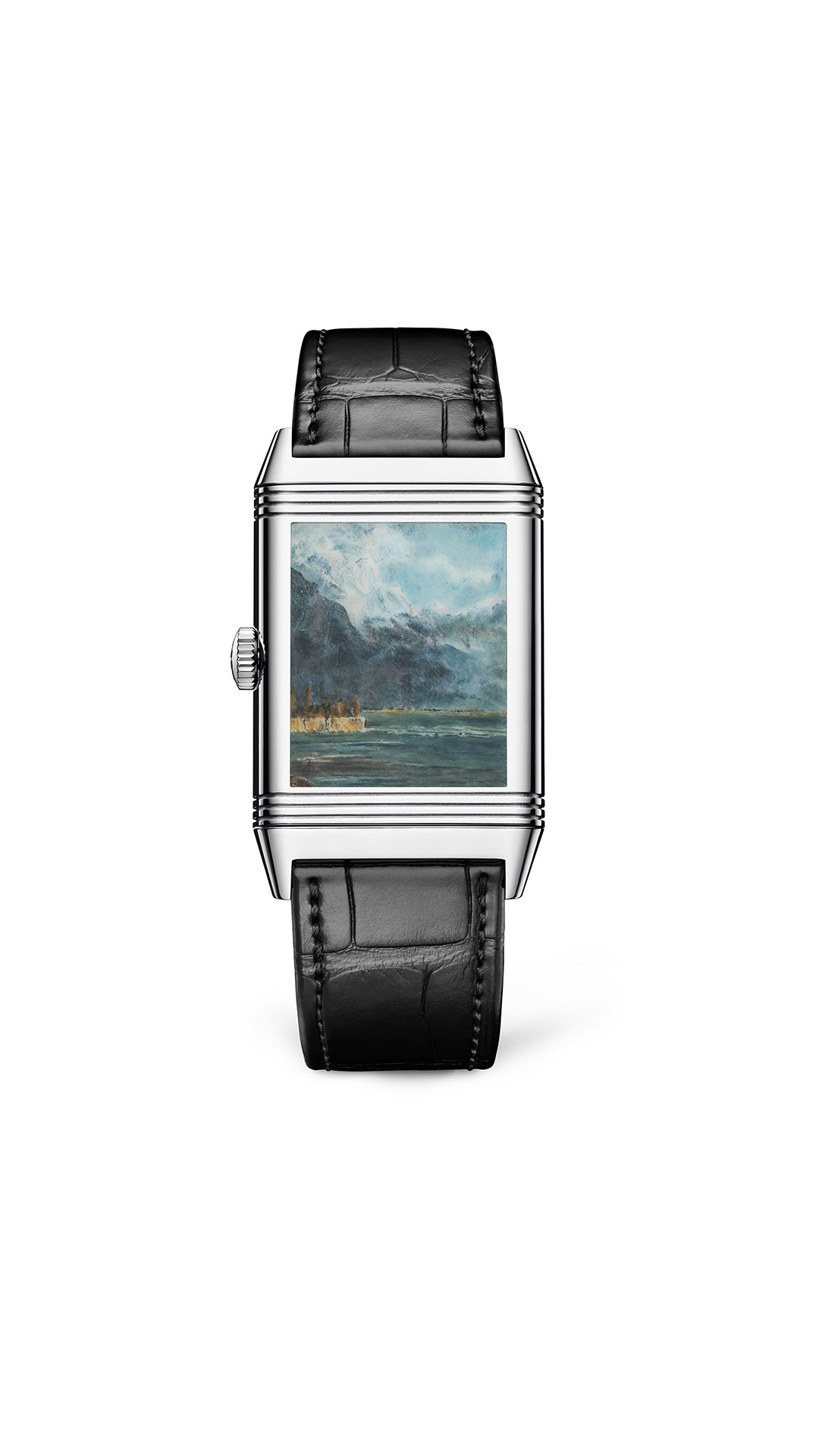
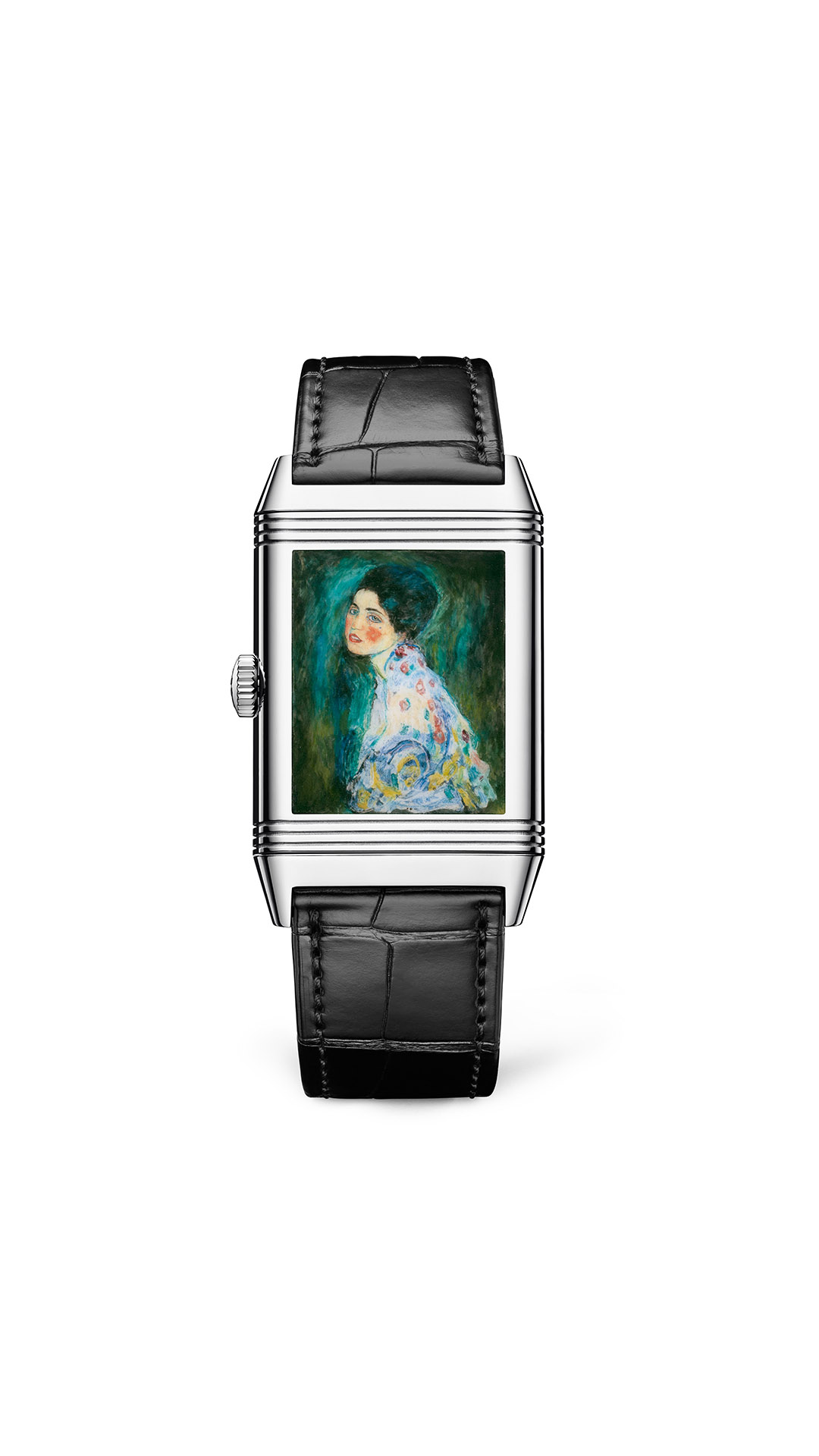
Gustave Courbet – View of Lake Léman (1876)
A leader of the 19th-century Realist movement and a political activist, Gustave Courbet fled his native France in 1873, settling near Vevey on the northern shore of Switzerland’s Lake Léman (Lake Geneva), where he was inspired by the constantly changing views across the water to the Dents du Midi mountains. In this beautifully atmospheric view of the lake, painted in the last year of his life, Courbet has captured the movement of clouds and sunlight on the lake’s surface in luminous tones of silvery blue.
In the early 1890s, about 15 years after Courbet’s death, a resident of the town of Granville in Normandy bequeathed this painting, along with two others also attributed to Courbet, to the local art museum – the Musée du Vieux Granville. At the end of World War II, they were moved into a storage locker, where they lay forgotten for 70 years. In 1995, an expert declared that all three paintings were fakes—either intentional forgeries, or misattributed. The paintings came to light again only in 2015, when the museum’s curator was preparing a document about the history of the museum. She decided to seek a second opinion about their authenticity and consulted the leading Courbet expert Bruno Mottin, of Musées de France. After extensive research, Mottin confirmed in 2017 that the lake scene was, indeed, by Courbet.
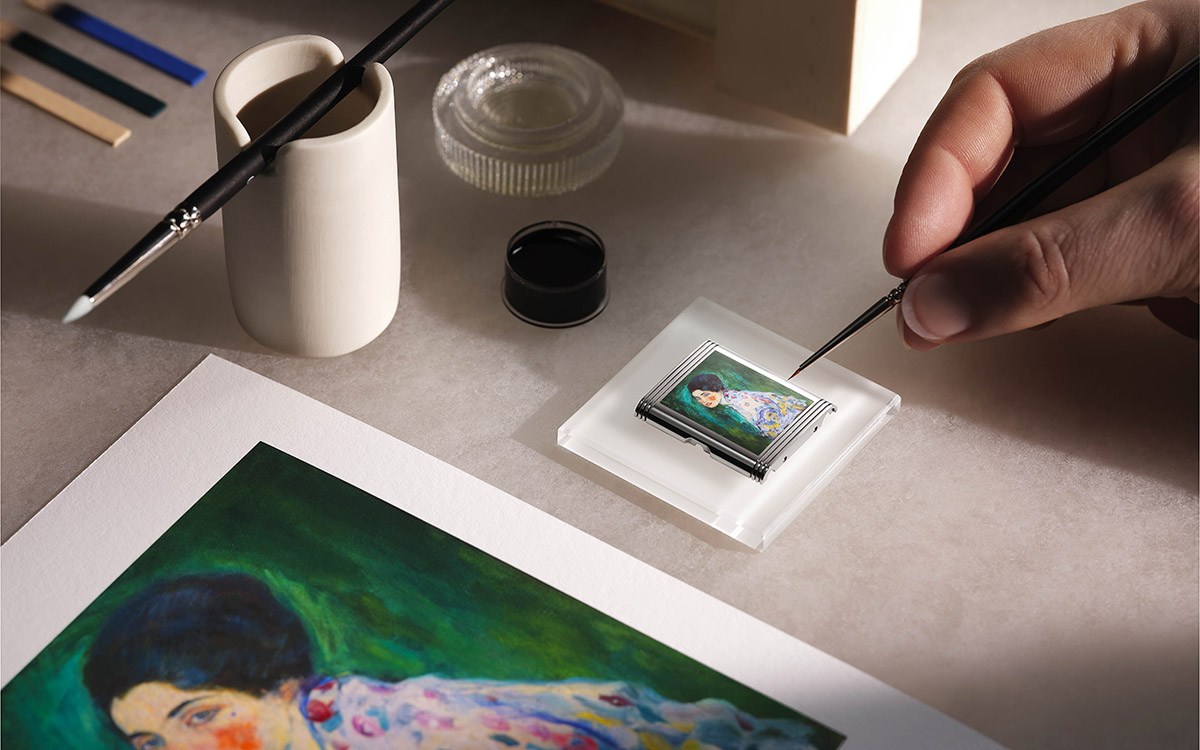

Vincent Van Gogh – Sunset at Montmajour (1888)
When Van Gogh moved to the South of France in 1888, it marked the beginning of a highly productive period of artistic maturity, as he attempted to portray both nature and the man-made environment in new ways.
On 5th July 1888, Van Gogh wrote to his younger brother Theo: “Yesterday, at sunset, I was on a stony heath where very small, twisted oaks grow, in the background a ruin on the hill, and wheat fields… The sun was pouring its very yellow rays over the bushes and the ground… I brought back a study of it too…” Despite this clear evidence, the painting Van Gogh described, Sunset at Montmajour, was not authenticated as genuine until 2013. In the interim, it had disappeared completely for 60 years, briefly reappeared, then disappeared again.
In 1908, a Norwegian industrialist and collector, Cristian Nicolai Mustad, bought the painting through a Paris dealer. Soon afterwards, according to family lore, the French Ambassador to Sweden, an acquaintance of Mustad with some expertise in 19th-century art, dismissed it as a fake. Upset and embarrassed, Mustad immediately banished the picture to his attic, where it remained, forgotten, until after his death in 1970. Again dismissed as a fake, it again disappeared, then reappeared briefly in 1991, when another attempt at authentication – by the Van Gogh Museum in Amsterdam – was also dismissed. Finally, in 2011, the Museum’s experts agreed to examine the painting again, using the advanced techniques now available. Among them, chemical tests proved that the pigments matched those on Van Gogh’s palette from Arles. Two years later, in September 2013, it was declared genuine – the first full-sized painting by Van Gogh to be newly authenticated since 1928.
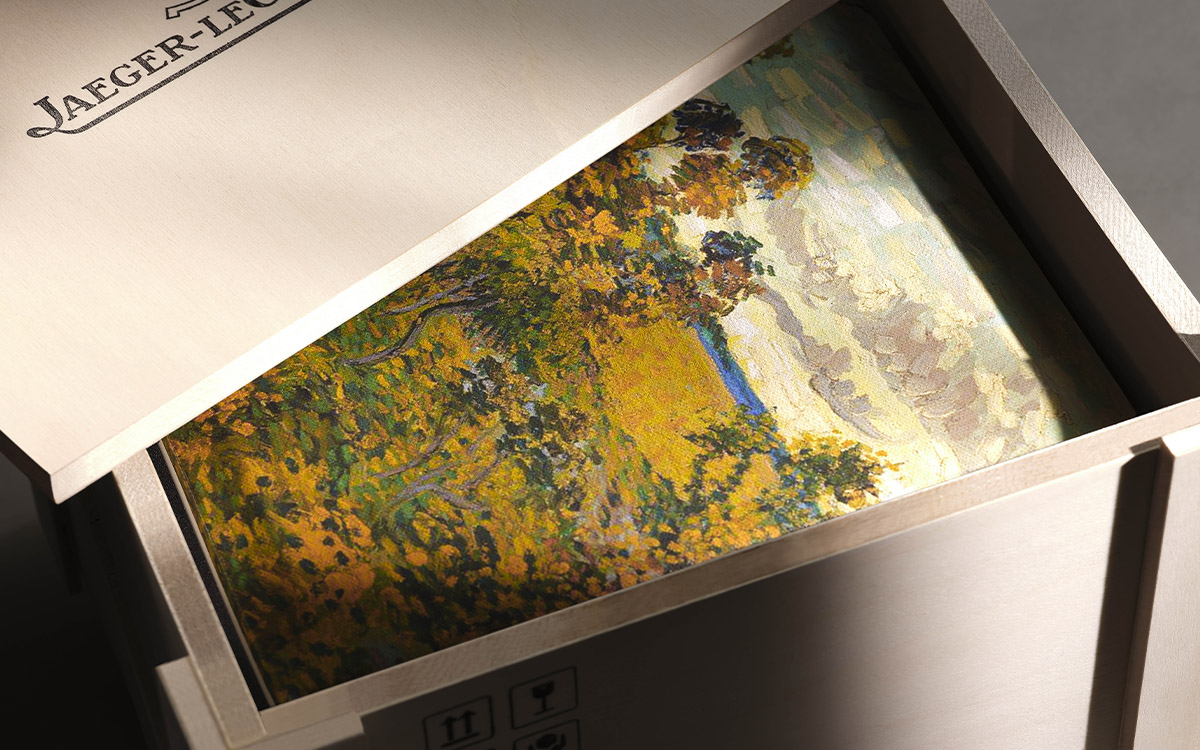
Gustav Klimt – Portrait of a Lady (1917)
Not only is this the sole known ‘double’ portrait by the Viennese artist, it is the only ‘twice lost’ one.
The painting’s double identity was discovered only in 1996, when a sharp-eyed art student, Claudia Maga, discovered that Klimt had painted it over an earlier portrait, which had been believed lost since 1912, soon after he painted it. The story behind it is deeply romantic: the earlier portrait was of a young woman whom Klimt had fallen madly in love with. She became his muse, then died prematurely. In the last year of his own life, still grieving his loss, Klimt covered the original portrait with a new painting, of a different lady.
In February 1997, during preparations for a special exhibition, the painting was stolen from the Ricci Oddi Gallery of Modern Art in Piacenza, Italy, where it had hung since 1925, when the eponymous collector, Giuseppe Ricci Oddi bought it. The frame was discarded on the gallery’s roof, suggesting that thieves had taken the painting out through the skylight. However, this was a decoy, since the opening was too small for the frame to fit through. In the years that followed, fakes appeared at various times (including one intercepted at the French border, in a package addressed to former Italian Prime Minister Bettino Craxi) but the original was assumed to be gone for good.
Then, in December 2019, gardeners clearing ivy from an outside wall of the gallery stumbled on a metal panel. Behind it, they found a black rubbish bag containing the missing painting. Experts were quickly able to confirm its authenticity.
The story becomes even stranger: according to testimony given by the thief in return for immunity from prosecution, the painting stolen in 1997 was, in fact, a fake, hung in place of the original, which had already been stolen several months earlier, in a carefully planned inside job. The copy was then stolen to hide the fact that it was a fake, which would have been spotted by experts visiting the exhibition, thus incriminating the accomplice inside the gallery. That leaves the question of how the original came to be hidden in the wall. Judging from its relatively good condition, it could not have been there since it was stolen. So who returned it? When? And why? The mystery remains.

This limited edition is now available for pre-order. Please contact shop staff for details.
